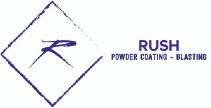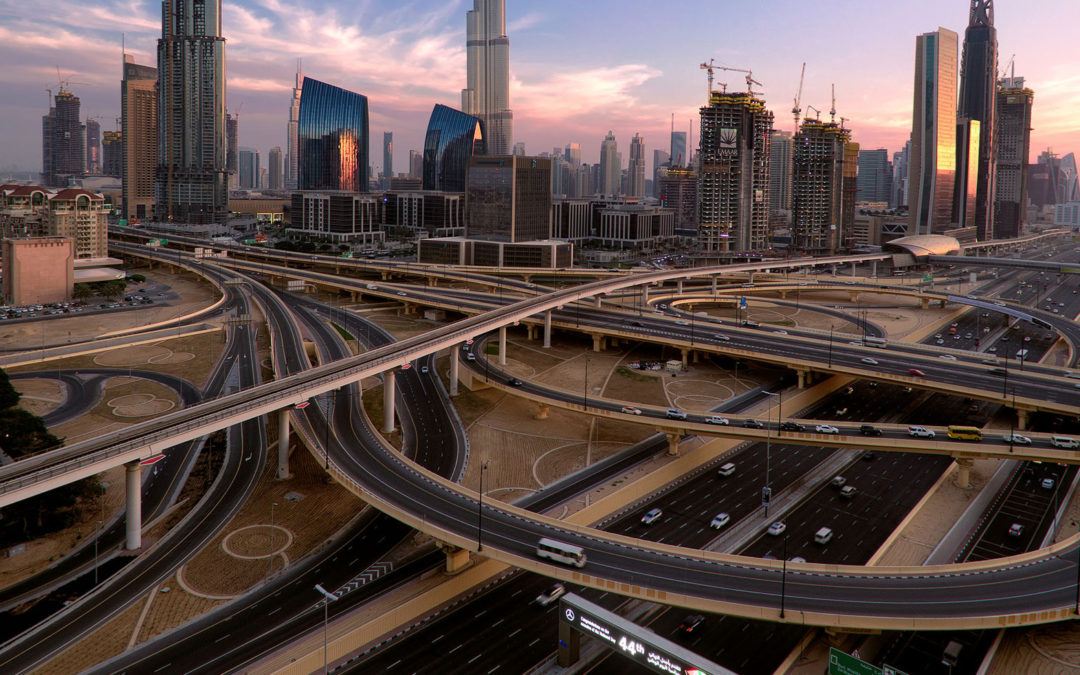Powder coating serves as an alternative to traditional wet painting. In powder coating, the coat is in powder form, and after application, the coating is heated and melted to become a solid shell. Powdered coatings are attractive and very durable finishes to a surface. There are various colors for the powder you can choose from to be used to coat your equipment. In architectural applications of powder coating in Indianapolis, we first have to prepare whichever architectural project you want to coat to ensure that the final result after powder coating is not an irreversible disaster. To prepare your architectural building for powder coating, we can use thermal cleaning, abrasive blasting, or pretreating using iron-phosphate.
Powder coating involves various processes that pretreat the project to be coated; this sequence can begin with using an alkaline cleaner and medium blasting, then a clean water wash. This ensures that your architectural project is ready for the powder coating process. Powder coating is very beneficial to steel parts by giving them an anti-corrosion conversion coat and better adherence to the powder on the steel parts. The process includes the steel parts being placed on a heave first; they are then run through a stove to absorb heat and quickly dry out. After drying, the steel parts electrostatically undergo coating to gain thickness up to the optimum desired thickness. Once the thickness is obtained, the steel parts are then put back into the stove and undergo a curing process at a temperature of 400oC. This process is dependent on the density and thickness of steel parts. After undergoing this process, the steel parts are left to cool out of the oven.
In Indianapolis, architectural powder coatings have various characteristics like high quality, durable in nature, and factory applied. Powder coatings designed with all these characteristics are usually made specifically for architectural powder coating applications. Architectural powder coatings can be used on architectural materials like aluminum and steel. It is not limited to exterior applications; you can use the powder coating for interior applications. It is very advantageous to use powder coating in architectural work because it has good resistance to chemicals, its mechanical performance, durability, and longevity are impeccable.
Additionally, it is very sustainable and, therefore, a perfect replacement for anodized and liquid finishes. Powder coatings also offer strong foundations for architectural parts and buildings in general and a very attractive finish considering it has a smooth and shiny finish, just like paint. The architectural industry also requires protection against corrosion and other environmental factors that may tamper with aluminum and steel parts’ strength and durability.
Powder coating has low emission levels and is very sustainable. It helps promote a better and greener environment conducive to living. It is, therefore, a more preferred alternative by those interested in conserving the environment. With no solvents, liquid elements, or VOCs, powder coating is a very environmentally friendly technique. Architectural parts that undergo powder coating include vents, curtain walls, light poles, window frames, railings, fascia, grills, air exchangers, metal facades, and soffits.

